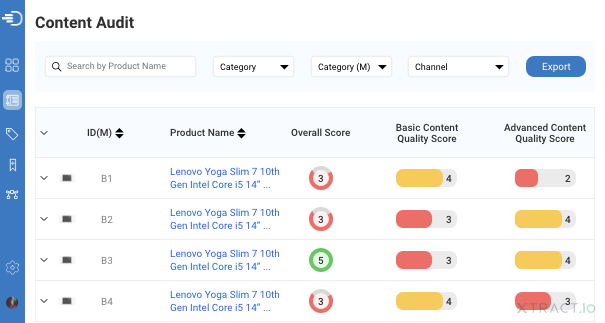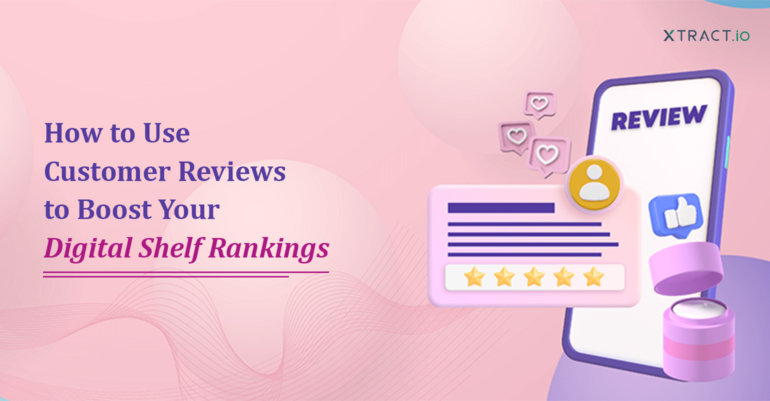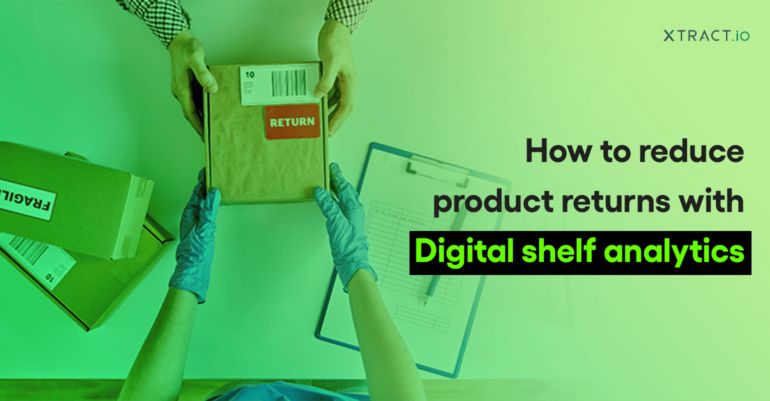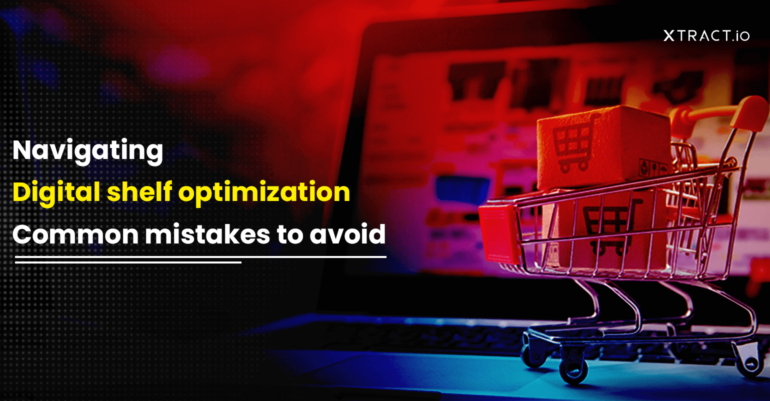Every pixel on the digital shelf is a potential storefront, and product placements strategically impact your business’s bottom line. A whopping 81% of consumers conduct thorough research before making a purchase. This involves meticulous scrutiny of digital shelves, comparing products, and navigating options.
Digital shelf analytics is the key that empowers brands not just to meet but anticipate customer expectations. More than just a platform, it’s a digital compass offering insights that redefine product placements and assortments. To improve product placement, we will explore the role of digital shelf optimization and digital shelf analytics. So let’s dive in!
Product Placement on the Digital Shelf
Online shoppers search for, compare, and buy displayed brand products on digital shelves. Brands use product placement to increase product exposure across multiple online channels. It encompasses various online platforms, including search engines like Google and Bing, marketplaces like Amazon, eBay, and Walmart, and brand websites. A strong product placement strategy ensures that your products are visible to potential customers during their purchase journey, increasing the chances of winning more sales.

The Importance of Digital Shelf Optimization
Digital Shelf Optimization is an ongoing process of improving your brand’s digital shelf presence to increase its visibility and share of voice in the digital space. Under this approach, optimization for search engines and digital shoppers ensures that your products are featured prominently in search results, attracting potential customers.
The first page of Google receives nearly 90% of all search traffic clicks, while on Amazon, 45% of shoppers do not scroll past the second page of search results. By optimizing your digital shelf, you increase the likelihood of appearing on the first page or even above the fold, where customers are most likely to notice and engage with your products.
Additionally, digital shelf optimization is crucial due to the evolution of the shopper’s journey. Google refers to the traditional purchase journey as a “messy middle” since it is now more complicated from interest to research to consideration to decision/purchase. This concept recognizes that the shopper’s journey is not linear, with multiple touchpoints and considerations affecting their purchase decisions. By optimizing your digital shelf, you can strategically showcase your products at different stages of the shopper’s journey, increasing your chances of generating sales.
Understanding Digital Shelf Analysis
Digital shelf analysis gathers and analyzes product page performance metrics across multiple sales channels. This analysis provides insights to improve brand visibility, click-ability, and buy-ability, ultimately enhancing customers’ online shopping experience.
Digital shelf analytics provides key performance metrics that help brands understand their areas of strengths and improvements. By gaining insights into the performance of product pages, brands can make informed decisions to optimize their digital shelf effectively.
Winning the Digital shelf
Brands must focus on strategies to win the digital shelf and provide the best customer experience. These strategies involve monitoring and optimizing product detail pages, enhancing images and videos, generating customer reviews and ratings, fulfilling gaps left by the competition, understanding customer needs, and ensuring stock availability.
Monitor and optimize product details
Regularly monitoring and optimizing product detail pages is critical to winning the digital shelf. Brands and retailers must review and update product titles, descriptions, images, videos, and other elements to ensure they are compelling, accurate, and tailored to their target audience. Continuously optimizing product detail pages helps improve search visibility and attract potential customers.
Enhance images and videos
Images and videos are key in capturing customers’ attention leading to more conversions. Visually appealing visuals of high quality can greatly impact a buyer’s decision-making. Do professional photography for your products and create engrossing videos that demonstrate your products’ features and advantages.
Generate customer reviews and ratings
Customer reviews and ratings are powerful social proofs influencing a shopper’s purchasing decision. Motivate your buyers to leave feedback or ratings by providing incentives or giving them exceptional customer service. Positive reviews and high ratings enhance your digital shelf presence and build trust and credibility with potential customers.
Fulfill gaps left by the competition
Analyze your competitors’ digital shelf presence to identify gaps and opportunities. If your competitors lack certain areas, such as product descriptions or customer reviews, focus on filling those gaps to differentiate yourself and attract potential customers.
Understand customer needs
Understanding your target audience’s needs and preferences is crucial for effective digital shelf optimization. Perform market research, assess customer feedback, and stay abreast of industry trends to customize your product offerings and digital shelf strategy in alignment with customer expectations.
Ensure stock availability
Nothing is more frustrating for a shopper than finding a product they want to purchase only to discover it is out of stock. Frequently check and revise your inventory to maintain continual availability of products for potential customers. Establish inventory control systems to prevent stock outs and uphold a seamless online shopping experience.
Benefits of Digital shelf monitoring
Collecting competitor data on price, products, reviews, and promotions is time-consuming and impractical. Digital shelf monitoring provides a solution by tracking the entire digital shelf and acquiring data on search engine results pages (SERPs) for various keywords, locations, and hours of the day. Consistently monitoring the digital shelf allows brands to gain prescriptive insights and make strategic decisions for marketing campaigns, giving them a competitive edge.
Digital shelf monitoring offers several benefits, including:
- Real-time visibility into competitor data
- Macro and micro data trends analysis
- Competitive intelligence for informed decision-making
- Enhanced targeted marketing campaigns
- Increased digital share of voice
By leveraging digital shelf monitoring, brands can stay ahead of the competition and optimize their digital shelf performance effectively.
The DigiSense360 advantage
Consider a customer searching for athletic shoes, not only presented with various options but also receiving real-time recommendations based on their previous purchases, browsing history, and current trends. DigiSense360 leverages advanced algorithms and data analytics to understand what customers buy and why they buy it. The platform turns the static digital shelf into a dynamic, responsive space that adapts to each shopper’s individual needs.

As we navigate the evolving landscape of ecommerce, the future of success lies in the language of digital shelf analytics. DigiSense360 offers brands a competitive edge, decoding the intricate dance of customer preferences and behaviors, ultimately optimizing product placements and assortments for maximum impact.
Bottom line
Product placement and assortment are becoming increasingly critical to success. DigiSense360 empowers brands to stay ahead, unraveling the complexities of consumer behavior. So, are you ready to harness the potential of tools like DigiSense360, or will you risk navigating the digital shelf without a compass?
The decision is yours to make!







